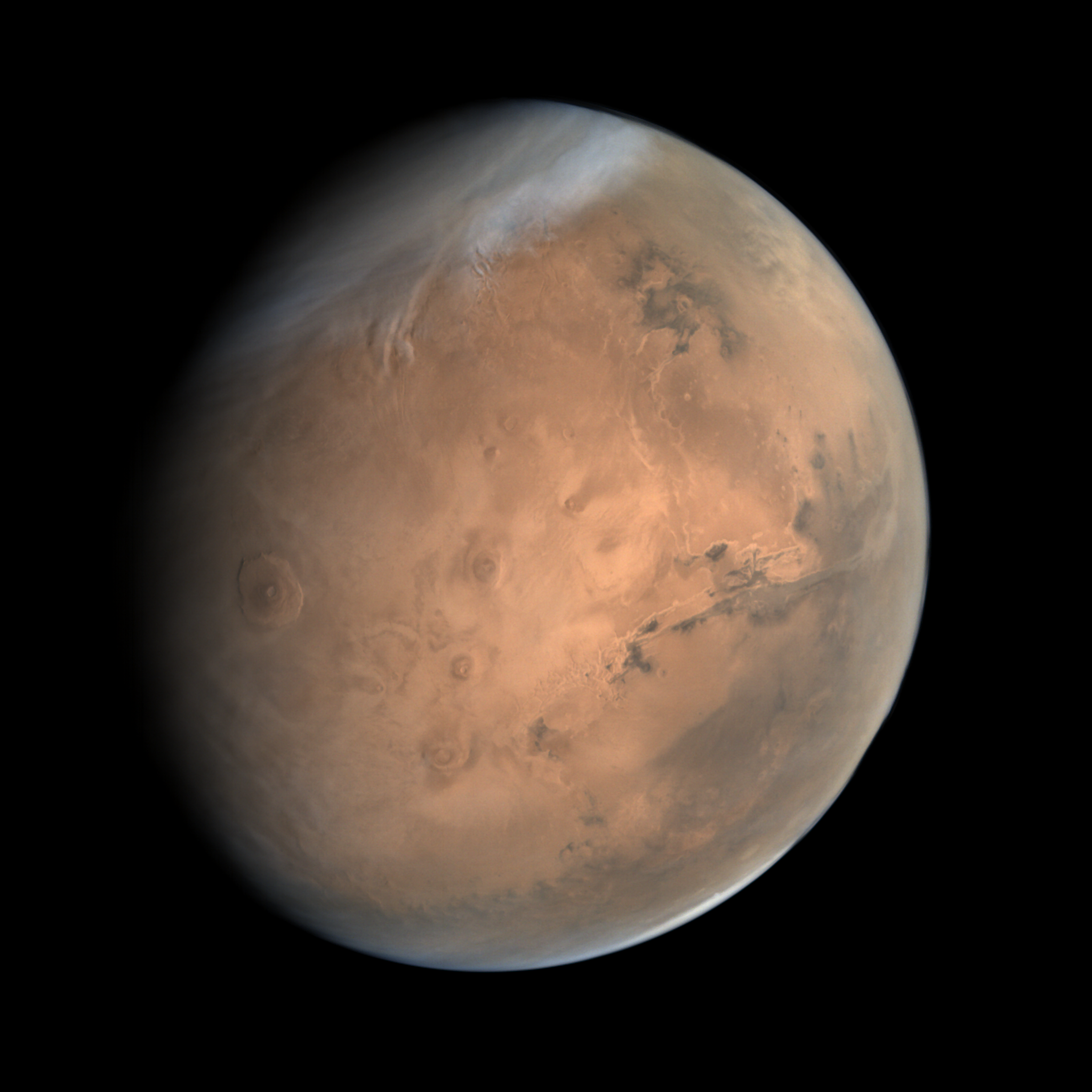Indian scientists make a unique discovery on the Red Planet, Mars: The first instance of solo electromagnetic waves has been discovered by Indian researchers.
Indian scientists make a unique discovery on Mars
The first instance of solo electromagnetic waves has been discovered by Indian researchers. The results were established using information from the Mars Atmosphere and Volatile Evolution (MAVEN) mission of the National Aeronautics and Space Administration. Using high-resolution electric field data from MAVEN’s captured by Langmuir Probe and Waves sensors, scientists have detected the lone waves in the Martian magnetosphere.
Key Points of Indian scientists make a unique discovery on Mars
- Pulses in the Martian magnetosphere cause solitary waves.
- Through wave-particle interactions, these fluctuations regulate other particle activities such as particle energization, plasma loss, and transport.
- Mars only has a mild magnetic field from its crustal magnetic sources, in contrast to Earth, which has a strong magnetic field to shield it from the Sun’s ionising solar winds.
- As a result, single flows can be produced by the solar winds as they interact with the Martian atmosphere.
- Teams had previously been unable to find these waves, despite scientists’ theories that they may be spotted.
Publication of Researchers’ Findings
- The Astrophysical, a science publication, published the researchers’ findings.
- The analysis of 450 pulses of solitary waves detected by the MAVEN spacecraft makes up the research report.
- In February 2015, MAVEN made five orbits of Mars while observing the pulses.
- Solitary waves are separate (bipolar or monopolar) electric field variations that exhibit constant amplitude-phase relationships.
- The propagation process has less of an impact on their size and shape.
- According to a statement from the Ministry of Science & Technology, these pulses are mostly visible near Mars in the dawn and afternoon-dusk sectors at an altitude of 1000-3500 km.
The scientific team will now carry out additional research on how these isolated waves may impact particle energization in the Martian atmosphere. The impact of solitary waves on the loss of atmospheric ions on the Martian surface will be examined by the researchers.





